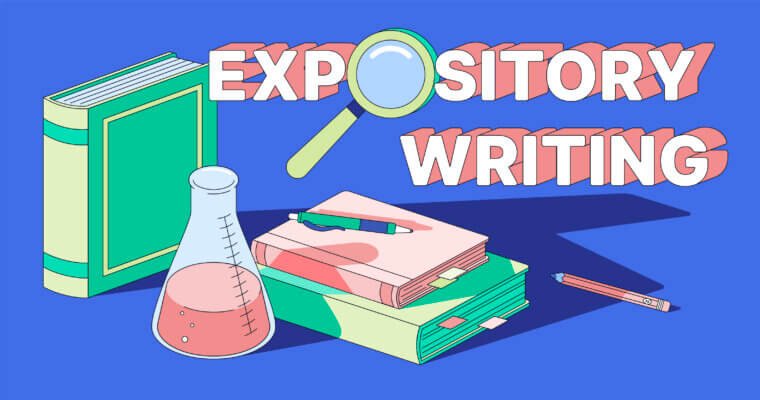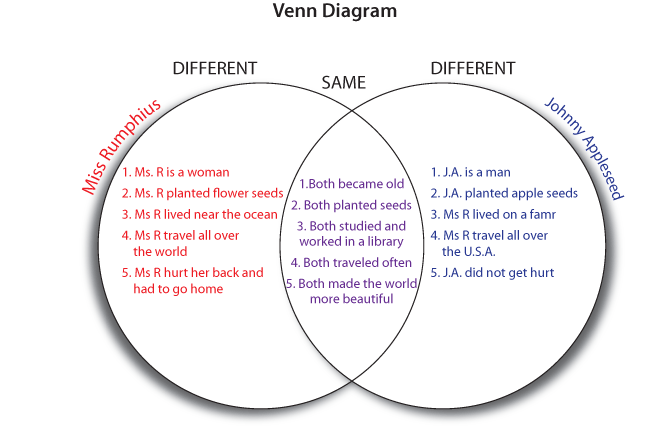A new way of looking at Expository Writing
Writing should be integrated through all subjects. This will help students make connections between different concepts, and synthesize information in a new way. In this week class discussion, we looked at a new genre expository writing.
Expository writing is factual and conveys and explain information about the world. This type of writing is intended to interact with people through the written word whether by magazine, articles, newspaper etc... when composing any expository writing one should always have an introduction, body and conclusion and includes five (5) text structures.
Text structures refer to the way the author organize information in text. they are:
Description- describe a topic by listing characteristics, features and examples.
Sequence-information is written in chronological order, words like (first, second, next, then and finally) are used when doing sequence.
Comparison- this structure is used to explain how two or more things are alike or different.
Cause and Effect- the author explains one or more causes and the effects, words like (reason, as a result and why) are used.
Problem & Solutions-the problem is explained and suggest one or more solutions (problem is, solve, the answer).
we also learn about three (3) types of Expository writing
- Essays- Students explain and analyze information.
- Non-narrative writing- provide information on familiar topic ( how to make lemonade).
- Collaborative reports- students work in groups ( each work on each section and then compile the their individual piece to make their report.
there are instructional procedures teachers need to be aware when teaching expository writing.
- Teach the expository writing genre- learn how expository text differ from other genres.
- Link reading and writing- students read non fiction books to learn about the characteristics of the genre and,
- Address plagiarism- it is important that students do not copy anyone's work, they should learn to take notes and paraphrase the information.
Let us not forget about techniques. All successful writers used these techniques and the writing process.
- Data charts- help students organize the information before the begin writing
- Pocket charts- this is where students identify subtopics
- Venn diagrams- use to compare and contrast topics.As teachers it is important to cater to everyone in the classroom. The ESL students can be taught expository writing effectively. This can be done with these techniques.
- Graphic organizers- Students and teachers interact about a specific topics to gather information needed to structure the ideas.
- Interactive writing- this is done to demonstrate how to develop an expository composition from the graphic organizer and
- Collaborative composition- ESL students are placed in small groups to write together before doing any independent writing.
Now, after the students has completing writing their expository pieces, what do teachers have to do?
It is important to assess students writing, this is beneficial for both teachers and students. Teachers give assessment to know where the students are at and what is needed to help them reach where they should be, while, students requires feedback which is done through assessment. Feedback give students the courage and encouragement needed to take risk in their writing. These assessment can be done by using checklist and rubrics.
What I like about learning about expository writing is that, the ESL students difficulties are put into consideration and the use of differentiation in learning the art of writing. It is important to use visuals like graphic organizer because students learn better when they can see the concepts.
I would like to suggest that we as educators teach for inclusivity of the classroom. To often I witness and experienced myself teaching for only the average and advanced students forgetting about the struggling students and students who ESL learners.
Ministry of Education and other officials could conduct workshops needed in aiding teachers with dealing with the different learning styles they will encounter in the classroom.





EL learners can truly be disadvantaged in English writing classrooms where they speak and sometimes understand very little of the language. Much consideration is necessary for such learners through differentiation instruction as you mentioned. I do agree with you that from the Ministry's end, or even from the school itself ,there need to be more workshops in helping teachers to deal with such learners because from experiences relayed to me, it can be very challenging to even teach the basic grammar skills, let alone compositions.
ReplyDeleteA very detailed information on Expository Writing. I agree with you, it is very important to assess students writing. I like Exposition writimg because it gives a clear factual picture and is illusrtaed with visuls.
ReplyDelete